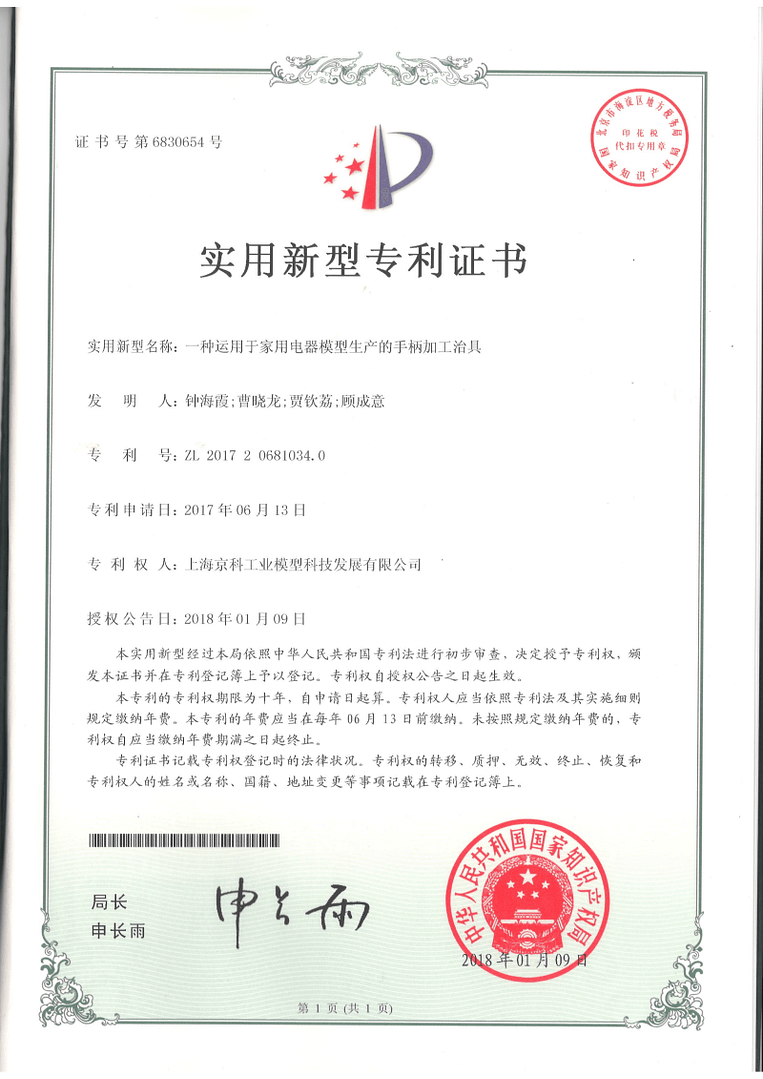Since 2006·Your OEM Expert
Faster and Easier Way to Custom Parts
→A great variety of surface finishes over 40+
→Parts production as fast as 1 day
→MOQ: 1 piece
+86 13641925132


Service Scope
Collaboration Methods

Free DFM Feedback
Tofa's engineers and designers can provide Design for Manufacturing (DFM) and instant quotes.

Customized production
After confirming your manufacturing plan, we will carry out precision processing according to manufacturing standards.

Inspection and transportation
The finished parts are quality checked and then delivered to you safely.
Our Advantages
Perfect Service
During the production process, the production status of the product is updated every three days.
After the inspection is completed, the product pictures and inspection report will be sent to you for review.
We can also provide pictures and videos of the product packaging during transportation.
Efficiency And Speed
We provide free quotes within 1-12 hours and bulk shipments within 7 days.
With rapid production capabilities, we can produce high-quality parts in less time, accelerating your time to market.
Solution
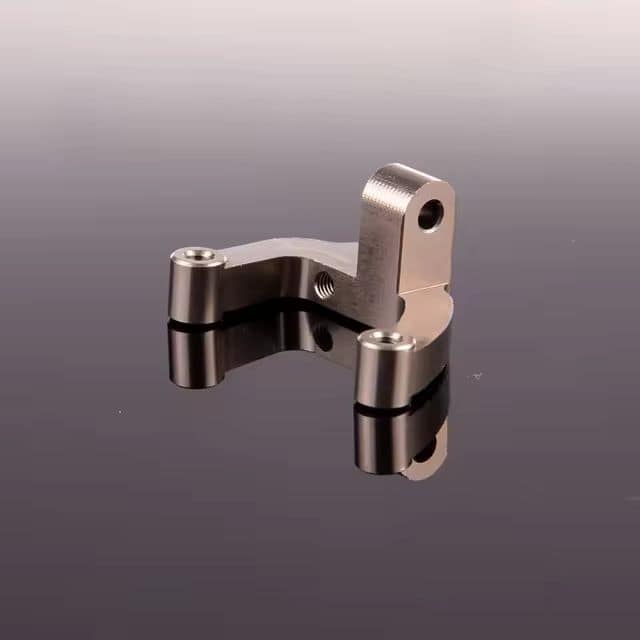
Upload File
Upload your design files to our platform, configure parts as you require, and get instant quotations in a minute.

Quote & Production
Get instant quotes and reliable production for custom parts, ensuring precision, quality, and timely delivery.

DoorStep Delivery
Enjoy the convenience of doorstep delivery with fast, reliable service, bringing your parts directly to you.
Strict Quality Control
Implementing rigorous quality control to ensure top-tier standards and customer satisfaction.
Model material advantages
High-quality model materials ensure durability, precision, and realism, enhancing display and prototyping experiences.
Quick Turnaround Time
Quick Turnaround Time ensures prompt issue resolution, minimizing customer downtime and enhancing overall service experience.
Enterprise R&D advantages
Enterprise R&D drives innovation, boosts efficiency, and fosters competitive edges, leading to market breakthroughs.
Global Delivery
Offering worldwide delivery services to meet international client needs efficiently and promptly.
After-sales service advantages
After-sales service enhances customer satisfaction, builds trust, and boosts repurchase rates, ensuring long-term loyalty.
Enterprise Strength

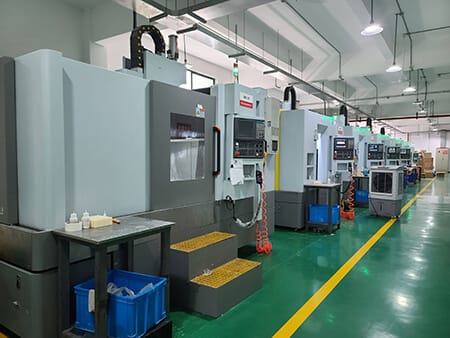

About us
CAPtec Precision Modeling Shanghai Co., Ltd.
With a legacy of precision manufacturing expertise, CAPtec Precision Modeling Shanghai Co., Ltd. has established itself as a National High-Tech Enterprise, offering a comprehensive suite of high-quality manufacturing services.
Our specialized services are recognized for their excellence across various industries, including digital communications, home appliances, computing, automotive, and medical devices.
Trusted by 15,000+ businesses

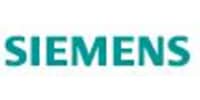





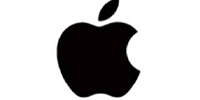



Customer Reviews

I recently purchased a CNC turning model, and I’m thoroughly impressed with its craftsmanship. The precision and attention to detail are outstanding, making it a perfect replica for engineering demonstrations.

Founder & Head of School
Company Introduction


Plastic|injection molding|additive manufacturing|anodizing|Electroplating|precision machining|rapid prototyping
comprehensive manufacturing solutions, including plastic injection molding and additive manufacturing for rapid prototyping. We also offer precision machining for intricate details, along with anodizing and electroplating services to enhance the finish and durability of your plastic components.
Captecprecision
CNC machining is a manufacturing process that uses computer-controlled machines to shape and cut materials with high precision. This technology is widely used for creating parts in industries like aerospace, automotive, and electronics. With CNC machining, manufacturers can achieve complex designs and tight tolerances, all while maintaining consistency across large production runs. Whether working with metals, plastics, or composites, CNC machines provide efficiency, accuracy, and flexibility, making them a key tool for modern manufacturing.
CNC milling is a precise machining process where a computer-controlled machine removes material from a workpiece to create a desired shape or design. The process involves rotating a cutting tool that moves along multiple axes to carve out complex geometries with high accuracy. CNC milling is commonly used in industries such as aerospace, automotive, and manufacturing, as it allows for the production of detailed parts and components with tight tolerances. Whether working with metals, plastics, or composites, CNC milling ensures consistency, repeatability, and efficiency in large-scale production runs.
CNC turning is a machining process where a rotating workpiece is shaped by a cutting tool to produce cylindrical or conical parts. The CNC (Computer Numerical Control) machine moves the cutting tool along various axes to achieve the desired dimensions and finish. This method is ideal for creating parts such as shafts, bushings, and fittings with high precision. CNC turning is widely used in industries like automotive, aerospace, and manufacturing, offering excellent repeatability, speed, and accuracy. The versatility of CNC turning allows it to handle a wide range of materials, from metals like steel and aluminum to plastics and composites.
3D printing, also known as additive manufacturing, is a revolutionary process that creates three-dimensional objects by layering material based on a digital design. Unlike traditional manufacturing methods, which often involve cutting or shaping material from a solid block, 3D printing builds up layers of material such as plastic, metal, or resin, creating highly intricate and customized products. This technology is increasingly popular across industries, from prototyping and medical devices to automotive and aerospace, due to its ability to quickly produce complex designs, reduce waste, and enable rapid prototyping. 3D printing offers endless possibilities for innovation and customization, making it a game-changer in modern manufacturing.
A CNC router is a computer-controlled machine that uses a rotating cutting tool to carve or engrave materials such as wood, plastic, metal, and composites. It works by following precise digital instructions to produce intricate designs, shapes, and patterns. CNC routers are widely used in industries like woodworking, sign making, and aerospace for their ability to cut large pieces of material with high accuracy and speed. With multiple axes of movement, CNC routers offer great flexibility, allowing them to handle both simple and complex projects, from furniture production to custom signage. Their versatility and precision make them an essential tool for modern manufacturing and design.
Aluminum is a lightweight, durable metal widely used across various industries due to its strength, corrosion resistance, and versatility. It’s commonly found in products ranging from airplanes and automobiles to household items and packaging. Aluminum is prized for its ability to be easily shaped and formed, making it ideal for applications requiring precise components. Additionally, it’s highly recyclable, which contributes to its sustainability and eco-friendliness. Whether it’s used in construction, electronics, or manufacturing, aluminum’s combination of low weight and high strength makes it a top choice for many engineers and designers.
Titanium is a strong, lightweight metal known for its exceptional strength-to-weight ratio and resistance to corrosion. It’s widely used in industries such as aerospace, medical, and marine, where high performance and durability are critical. Titanium’s ability to withstand extreme temperatures and harsh environments makes it perfect for applications like aircraft parts, medical implants, and underwater equipment. Despite its strength, it remains relatively light, which is why it’s favored for high-performance materials. Additionally, titanium is biocompatible, meaning it can safely be used in medical devices and implants without causing adverse reactions.
Steel is one of the most widely used materials in the world, known for its strength, durability, and versatility. Made primarily from iron and carbon, steel is crucial in the construction, automotive, and manufacturing industries due to its ability to withstand heavy loads and resist wear and tear. It comes in various grades and types, each tailored to specific applications, from structural beams in buildings to intricate machinery parts. Steel can be easily molded into different shapes, making it an essential material for everything from household appliances to cutting-edge technology. Its combination of strength, flexibility, and cost-effectiveness ensures its continued dominance in engineering and industrial applications.
Brass is an alloy made primarily of copper and zinc, known for its attractive yellow-gold appearance and excellent corrosion resistance. It’s widely used in a variety of applications, from musical instruments and decorative items to plumbing fittings and electrical components. Brass is easy to machine and has good durability, making it a popular choice for precision parts in industries such as automotive, aerospace, and electronics. Its conductivity and resistance to rust also make it ideal for use in harsh environments. Whether it’s used for hardware, jewelry, or engineering components, brass offers a perfect blend of aesthetics and functionality.
Bronze is an alloy primarily composed of copper and tin, known for its strength, durability, and resistance to corrosion. It has been used for thousands of years, from ancient statues and coins to modern applications in the automotive and marine industries. Bronze’s ability to withstand wear and tear makes it ideal for components like bearings, gears, and marine hardware, where it’s exposed to moisture and friction. Additionally, its natural anti-corrosive properties make it a preferred material for underwater and outdoor applications. With its warm, reddish-brown hue, bronze is also valued for its aesthetic appeal in sculptures and decorative pieces.
Faq
Can you provide FAI samples?
Sure. We will provide sample FAI to you before small batch/large batch production.
How can I place an order?
First, please tell us the manufacturing requirements of your parts.
Second, we will quote for your parts as quickly as possible according to your requirements or our suggestions, usually within 24 hours.
Third, you need to confirm the prototype design and pay the deposit for the formal order. Then we arrange production.
Finally, we ship the goods.
How do you ship the goods? How long is the average time to ship to the United States?
We usually ship by DHL, UPS or FedEx. It usually takes 2 – 5 days to reach the United States.
If I want to keep my design secret, can we sign a confidentiality agreement?
Sure. We can sign a confidentiality agreement before you send us the drawings.
If I want to customize a part, what information do I need to provide?
You need to provide key information such as 2D or 3D drawings, invoice information, materials, quantity, processing and tolerance information.
If I want to customize a part but I can’t draw?
You need to provide the drawing information of your customized part to a third-party design company. We do not provide drawing design services.
Can I get a prototype for inspection?
Yes. You only need to pay for the cost of the prototype.
What is the minimum order quantity?
We accept prototype and small batch orders. Minimum order quantity: 1 piece.
What is the maximum size of CNC machining?
The maximum size of our CNC machined parts is 1500mm x 800mm x 700mm.
What are the tolerances of machined parts?
The standard tolerance range of our CNC machining is plus or minus 0.01mm.
What is the cost of your CNC machining service?
The cost of CNC machining depends on materials, processing costs, labor costs, and the tools and surface finishes involved. Please feel free to contact us for a quick quote.
What kinds of CNC milling machines do you have?
We have vertical CNC milling machines, horizontal CNC milling machines and multi-axis CNC milling machines. Vertical CNC milling machines are cost-effective and have a wide range of applications. Horizontal CNC milling machines are used to cut grooves and slots on products and are ideal for cutting gear workpieces. Multi-axis CNC milling machines are CNC milling machines that can operate on more than four axes and can manufacture more complex and precise parts.
What parts can be made by CNC milling?
CNC milling is suitable for processing parts with complex shapes, feature planes and irregular surfaces, such as grooves, gears, threads and special forming surfaces of molds.
What types of materials can be used for CNC milling?
CNC milling machines can process a variety of materials, including metals, plastics and composites. The most commonly used are metals such as brass, titanium, aluminum or steel, and plastics such as PVC, ABS, polycarbonate and polypropylene.
What is the maximum diameter of the turned parts you process?
Workpieces with a clamping diameter of no more than 260mm can be processed by CNC lathes.
What parts can be made by CNC turning?
CNC turning is suitable for processing parts with cylindrical or conical surfaces, such as shafts, bushings and sleeves.
What is the difference between CNC turning and CNC milling?
The main difference between CNC turning and CNC milling lies in the processing process. Turning operations are performed by fixing the cutting tool and rotating the workpiece and can be used for processing operations such as drilling, tapping and knurling. Milling operations are performed by fixing the workpiece and rotating the cutting tool to process planes, grooves, gears, helical surfaces and various curved surfaces.
When should I choose 5-axis CNC machining?
5-axis machining can provide higher accuracy, precision, efficiency and reliability for processing more complex or finer parts. Therefore, when you need to produce complex parts with strict tolerances, choose 5-axis machining.
What is the maximum part size for 5-axis CNC machining?
The maximum size of our 5-axis CNC machined parts is 1050 * 900 * 600.
How accurate is wire cutting processing?
Our wire cutting processing tolerance is as low as ±0.0004 (0.01mm).
What shapes can wire cutting create?
Wire cutting is mainly used to process workpieces with various complex shapes and high precision, such as punches, dies, punch and die sets, fixing plates, stripper plates, forming tools, templates, fine holes and slots, narrow slits, arbitrary curves, etc.
What are the main limitations of wire cutting EDM?
Wire cutting processing requires that the processing material must be conductive and cannot process non-metallic conductive materials. Moreover, the efficiency is low and the cutting size is limited, which affects mass production.
What is the tolerance of manufactured parts?
The tolerance range of sheet metal processing parts is ±0.2 – 0.3mm.
What is the K-factor in sheet metal?
The K-factor is the ratio of the thickness (t) of the neutral layer position of the sheet metal to the overall thickness (T) of the sheet metal part material, that is: K = t/T. Standard calculation method: material thickness (t) * 1.66.
What is the cost of sheet metal processing?
The cost of a sheet metal manufacturing project depends on design, process, materials and processing.
What materials can you cut?
Our laser cutting process is suitable for a variety of materials, including aluminum, steel, stainless steel, copper, titanium and many other metal materials, as well as plastics and other non-metals.
How long does it take to cut materials by laser cutting?
This is usually determined by the size and thickness of the material.
What bending technologies do you provide?
We provide a wide range of metal bending technologies, such as V-bending, U-bending, step bending, roll bending and rotary bending.
What materials can be used for metal bending technology?
Some common materials for metal bending include steel, stainless steel, titanium, aluminum and copper.
When do I need rapid prototyping?
Rapid prototyping is usually used in two main scenarios. First, when you need to test a product or evaluate product risks, rapid prototyping is the best choice. Second, rapid prototyping is cheaper than prototyping, so when the product development cost is too high, you can also choose rapid prototyping.
What is the rapid delivery cycle of rapid prototyping?
It depends on materials, design complexity, etc.
What is the difference between rapid prototyping and 3D printing?
Quick prototyping is a new technology based on material accumulation method, which integrates mechanical engineering, CAD, reverse engineering technology, layered manufacturing technology, numerical control technology, material science, laser technology, etc. In fact, 3D printing is a technology for developing products by using additive manufacturing technology. It is only a branch of quick prototyping and can only represent a part of quick prototyping processing technology.
Which metal is best for die casting?
The main metals commonly used in die casting are zinc, copper, aluminum, magnesium alloys, etc.
What are the steps of die casting process?
Whether it is hot chamber die casting or cold chamber die casting, the standard process involves injecting molten metal into the mold under high pressure. The following are the steps in the complex die casting process:
Step 1: Clamping. Before this, the mold needs to be cleaned to remove any contaminants and lubricated for better injection and removal of the cured product. After that, the mold is clamped and closed with high pressure.
Step 2: Injection. The metal to be injected is melted and poured into the sintering chamber. Then the metal is injected into the mold under high pressure generated by the hydraulic system.
Step 3: Cooling. The solidified material will have a shape similar to the mold design.
Step 4: Ejection. After the mold is loosened, the ejection mechanism pushes the solid casting out of the mold. Ensure proper solidification before ejecting the final product.
Step 5: Decoration. It involves removing excess metal from the completed gate and runner. Trimming dies, saws or other procedures can be used for trimming.
Will die cast metal rust?
The main component of die castings is not iron, but materials such as zinc, copper, aluminum and magnesium, which makes the parts corrosion-resistant and not easy to rust. However, if the parts are stored improperly for a long time, they may rust.













